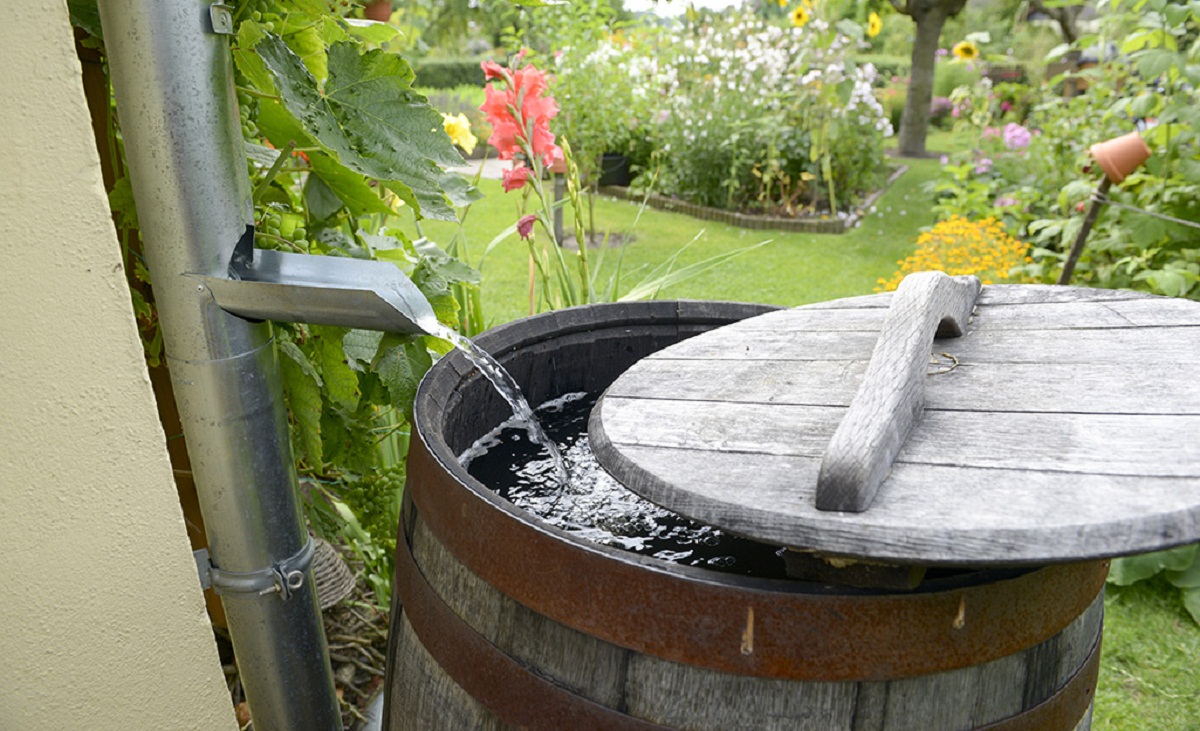

Articles
How To Collect Water From Gutters
Modified: October 28, 2024
Learn how to collect water from gutters with our informative articles. Find expert tips and tricks for effectively harvesting rainwater.
(Many of the links in this article redirect to a specific reviewed product. Your purchase of these products through affiliate links helps to generate commission for Storables.com, at no extra cost. Learn more)
Introduction
Water is a vital resource that we rely on for various purposes, from drinking and cooking to watering our plants and cleaning. While we may have access to municipal water sources, there are times when collecting rainwater can be both practical and environmentally-friendly. One effective way to do so is by collecting water from our gutters.
Collecting water from gutters is a simple and cost-effective solution that allows you to harness the natural resource provided by rainfall. By implementing a gutter collection system, you can reduce your reliance on treated water while also saving money on utility bills.
In this article, we will guide you through the process of collecting water from gutters, step by step. We will provide you with a comprehensive overview of the materials needed and the installation process. Additionally, we will discuss how to filter, divert, collect, and store the rainwater to ensure its cleanliness and usability.
Before we dive into the details, it is important to note that collecting rainwater from gutters is legal in most areas. However, it is always a good idea to check your local regulations and obtain any necessary permits or permissions before setting up your collection system.
So, if you’re ready to embrace a more sustainable approach to water usage and make the most of the rain that falls from the sky, let’s get started on collecting water from your gutters!
Key Takeaways:
- Embrace a sustainable approach to water usage by collecting rainwater from your gutters. Reduce reliance on treated water, save money, and contribute to a greener future while enjoying a free and natural water source.
- Follow the step-by-step process to efficiently collect, filter, divert, and store rainwater. Maintain your system for longevity and enjoy the benefits of using rainwater for various household purposes.
Read more: How To Collect Rain Water Without Gutters
Materials Needed
Before you begin collecting water from your gutters, it’s important to gather all the necessary materials. Here’s a list of items you’ll need:
- Gutter system: Ensure that you have a functioning gutter system installed on your roof. This includes gutters, downspouts, and connectors.
- Rain barrel or storage container: Choose a rain barrel or storage container with a capacity that suits your needs. Look for one that is made of durable material, such as plastic or metal, and has a lid to prevent debris from entering the water.
- Gutter guards or screens: These are essential for keeping debris, such as leaves and twigs, out of your gutter system. Installing gutter guards or screens will help prevent clogs and ensure the water collected is clean.
- Sealant or caulk: Use a sealant or caulk to seal any gaps or leaks in your gutter system, ensuring that water flows smoothly and doesn’t leak out.
- Diverter kit: A diverter kit is necessary for redirecting the water from your downspouts into your rain barrel or storage container. It typically includes a diverter, hose, and fittings.
- Filter: To ensure the water you collect is free from debris and sediment, consider using a filter. There are various types of filters available, such as mesh filters or charcoal filters.
- Hose or spigot: Depending on your preference, you can attach a hose or spigot to your rain barrel or storage container for easy access to the collected water.
- Overflow system: It’s important to have an overflow system in place to prevent your rain barrel from overflowing during heavy rainfall. This can be achieved by installing an overflow pipe or connecting multiple rain barrels together.
- Brackets or stands: If your rain barrel or storage container is not freestanding, you may need brackets or a stand to securely hold it in place.
- Tools: Lastly, gather basic tools such as a ladder, drill, screws, and a level. These will be essential for the installation process.
Once you have all the necessary materials ready, you can proceed to the next steps of preparing your gutters and installing the collection system. Ensure that you have everything on hand to make the process smoother and more efficient.
Step 1: Preparing Your Gutters
Before you can start collecting water from your gutters, it’s important to ensure that they are clean and in good condition. Here are the steps to prepare your gutters:
- Clean the gutters: Start by removing any debris, such as leaves, twigs, and dirt, that may have accumulated in your gutters. Use a garden trowel or a gloved hand to scoop out the debris. You can also use a hose to flush out any remaining dirt and ensure that the gutters are clear.
- Inspect for damage: While cleaning your gutters, inspect them for any signs of damage, such as cracks, holes, or loose brackets. Repair or replace any damaged sections to ensure that the water flows smoothly through the gutters.
- Check the slope: For optimal water flow, make sure that your gutters have a slight slope towards the downspouts. Use a level to check the slope and adjust as needed. This will help prevent water from pooling in the gutters.
- Seal gaps and leaks: Use a sealant or caulk to seal any gaps or leaks in your gutter system. This will ensure that water flows properly without spilling out and that there are no leaks that could damage your home’s exterior.
- Install gutter guards or screens: To prevent debris from entering your gutters and clogging the system, install gutter guards or screens. These will help maintain the cleanliness and functionality of your gutters, allowing water to flow freely.
By preparing your gutters in these ways, you will ensure that they are in optimal condition for collecting water. This step is crucial for maintaining the efficiency of your gutter system and preventing any potential issues in the future.
Once your gutters are clean, inspected, and sealed, you’re ready to move on to the next step: installing the collection system. This will allow you to effectively capture and store the rainwater that runs through your gutters.
Step 2: Installing the Collection System
Now that your gutters are prepared, it’s time to install the collection system for capturing the rainwater. Follow these steps to install the system:
- Choose the location: Select a suitable location for your rain barrel or storage container. Ensure that it is close to a downspout and on a stable, level surface. Consider factors such as accessibility and aesthetics when choosing the location.
- Position the rain barrel: Place the rain barrel or storage container underneath the downspout that you intend to collect water from. Use brackets or a stand to secure it in place if necessary.
- Install the diverter: Follow the instructions provided in the diverter kit to properly install it on the downspout. The diverter will redirect the water into the rain barrel when it reaches a certain level, while allowing excess water to continue down the downspout.
- Connect the diverter to the rain barrel: Attach the hose provided in the diverter kit to the outlet of the diverter. Connect the other end of the hose to the intake port on the rain barrel or storage container.
- Secure the connections: Ensure that all connections, including the diverter to downspout and the hose to the rain barrel, are secure and watertight. This will prevent any leaks and ensure that the water flows correctly into the collection system.
- Check the overflow system: If you are using multiple rain barrels or if your rain barrel has an overflow pipe, ensure that the overflow system is properly connected and functioning. This will prevent the rain barrel from overflowing during heavy rainfall.
Once the collection system is installed, it’s important to test it by pouring water into your gutters or waiting for rainfall. Observe how the water flows into the rain barrel and check for any leaks or issues that need to be addressed.
With the collection system installed, you are ready to move on to the next step: adding a filter. This will help ensure that the water you collect is clean and free from debris.
Step 3: Adding a Filter
Adding a filter to your rainwater collection system is an essential step to ensure that the water you gather is clean and free from debris. A filter will help remove any leaves, twigs, insects, or other sediment that may have entered your gutters. Follow these steps to add a filter to your system:
- Select an appropriate filter: There are various types of filters available, including mesh filters, charcoal filters, and fine screens. Choose a filter that suits your needs and the size of particles you want to remove from the water.
- Place the filter in the downspout: Install the filter in the downspout, just below the outlet of the diverter. Ensure that the filter is securely installed and that it covers the entire width of the downspout.
- Adjust the filter angle: Depending on the design of your filter, you may need to adjust its angle for optimal functionality. Follow the manufacturer’s instructions to set the correct angle to allow for efficient water filtration.
- Clean and maintain the filter: Regularly inspect and clean the filter to prevent it from getting clogged. Remove any debris or sediment that has accumulated on the filter and rinse it with water. This will ensure that the filter continues to work effectively.
By adding a filter to your rainwater collection system, you will minimize the presence of debris in the collected water. This is particularly important if you plan to use the water for drinking, cooking, or watering plants.
With the filter in place, you are now ready to move on to the next step: diverting the water from the downspout into your rain barrel or storage container.
Make sure to clean your gutters regularly to prevent blockages and ensure that water can flow freely. Install a gutter guard to help keep debris out and make maintenance easier.
Read more: How To Clean Gutters From The Roof
Step 4: Diverting the Water
Now that you have prepared your gutters, installed the collection system, and added a filter, it’s time to divert the water from the downspout into your rain barrel or storage container. Follow these steps to ensure that the water flows smoothly:
- Adjust the diverter settings: Depending on the type of diverter you are using, you may need to adjust the settings to ensure proper water diversion. Follow the instructions provided with your diverter kit to set the appropriate settings.
- Monitor the water flow: During rainfall, observe the flow of water through the downspout and into the rain barrel or storage container. Ensure that the water is being directed into the collection system and not overflowing or pooling in the gutters.
- Check for leaks or blockages: Regularly inspect the connections between the diverter, downspout, and rain barrel to ensure that there are no leaks or blockages. Clear any debris that may be obstructing the flow of water.
- Adjust the diverter as needed: If you notice that the water is not being properly diverted into the rain barrel, adjust the settings of the diverter. This may involve changing the angle or the position of the diverter to optimize water flow.
- Test the system: Test the efficiency of your water diversion system by pouring water into the gutters and observing how it flows into the rain barrel. Make any necessary adjustments to ensure that the water is being effectively captured.
Diverting the water from your downspouts into the rain barrel or storage container is a crucial step in maximizing the amount of rainwater you collect. By ensuring proper diversion, you can make the most of each rain event and have a sustainable source of water for various purposes.
Once the water is successfully diverted, you can move on to the next step: collecting and storing the water for future use.
Step 5: Collecting and Storing the Water
Now that the water is being effectively diverted into your rain barrel or storage container, it’s time to focus on collecting and storing the water for future use. Follow these steps to ensure proper collection and storage:
- Monitor the water level: Regularly check the water level in your rain barrel or storage container. This will help you determine how much water you have collected and when it’s time to use or empty the container.
- Use the water responsibly: Consider the intended use of the collected water and use it accordingly. Whether it’s for watering plants, cleaning, or other non-potable purposes, make sure to use the water responsibly and efficiently.
- Add a spigot or hose attachment: To easily access the collected water, consider adding a spigot or hose attachment to your rain barrel or storage container. This will allow you to conveniently use the water whenever needed.
- Protect the stored water: Ensure that your rain barrel or storage container has a lid that securely fits to prevent any contaminants, such as insects or debris, from entering the water. This will help maintain the quality and cleanliness of the collected water.
- Consider additional storage capacity: If you find that your current rain barrel or storage container is not enough to meet your water needs, consider adding additional containers or expanding your storage capacity. This will allow you to collect and store even more rainwater.
- Empty the container if needed: If you anticipate heavy rainfall or if you are going through a prolonged period without rain, empty the rain barrel or storage container to make room for fresh water. This will prevent overflow and potential damage.
By properly collecting and storing the water, you can ensure a sustainable and efficient water supply for various household purposes. This helps conserve water resources and reduces your dependence on treated water from other sources.
With the water being effectively collected and stored, you can move on to the final step: maintaining your rainwater collection system to ensure its longevity and functionality.
Step 6: Maintaining Your System
Maintaining your rainwater collection system is essential to ensure its longevity, efficiency, and the quality of the collected water. Follow these steps to effectively maintain your system:
- Clean the gutters and downspouts: Regularly inspect and clean your gutters and downspouts to remove any debris that may accumulate over time. This will prevent clogs and ensure that water can flow freely into your rain barrel or storage container.
- Check for leaks and damage: Inspect your gutter system, downspouts, and connections for any leaks or signs of damage. Repair or replace any damaged components to maintain the functionality of the system.
- Clean the filter: Depending on the type of filter you have installed, clean it periodically to remove any debris or sediment that may have accumulated. A clean filter will ensure that the water remains clean and free from contaminants.
- Monitor the water quality: Regularly test the quality of the collected water, especially if you’re using it for drinking purposes. This will help ensure that the water is safe and free from any harmful substances.
- Inspect the rain barrel or storage container: Check the rain barrel or storage container for any signs of damage, such as cracks or leaks. Repair or replace the container if needed to prevent water loss and maintain proper storage.
- Flush the system: Occasionally, flush out the system by emptying the rain barrel and allowing clean water to flow through the system. This will help remove any stagnant water and keep the system fresh.
- Winterize the system (if applicable): If you live in an area with freezing temperatures, take the necessary steps to protect your system from damage. This may include draining the rain barrel and disconnecting any hoses or fittings.
Regular maintenance of your rainwater collection system will ensure its optimal performance and longevity. By taking the time to clean, inspect, and repair any issues, you can enjoy the benefits of collecting rainwater for years to come.
With your rainwater collection system successfully installed, it’s time to embrace a more sustainable approach to water usage and enjoy the benefits of using rainwater for various purposes.
Conclusion
Collecting water from your gutters is a simple and practical way to harness the natural resource of rainwater. By implementing a collection system, you can reduce your reliance on treated water, save money on utility bills, and contribute to a more sustainable future.
In this article, we discussed the step-by-step process of collecting water from your gutters. We covered the materials needed, the preparation of gutters, the installation of the collection system, the addition of a filter, the diversion of water, the collection and storage of water, and the maintenance of the system. Following these steps will help you create an efficient and effective rainwater collection system.
Remember to always check your local regulations and obtain any necessary permits or permissions before setting up your collection system. It’s also important to monitor the water quality if you plan on using it for drinking or cooking purposes.
By collecting water from your gutters, you can make a positive impact on the environment by conserving water resources and reducing stormwater runoff. Additionally, you’ll have a free and sustainable source of water for watering your plants, cleaning, and other non-potable uses.
So, take the initiative and start collecting water from your gutters today. Embrace a more responsible approach to water usage and contribute to a greener and more sustainable world!
Frequently Asked Questions about How To Collect Water From Gutters
Was this page helpful?
At Storables.com, we guarantee accurate and reliable information. Our content, validated by Expert Board Contributors, is crafted following stringent Editorial Policies. We're committed to providing you with well-researched, expert-backed insights for all your informational needs.
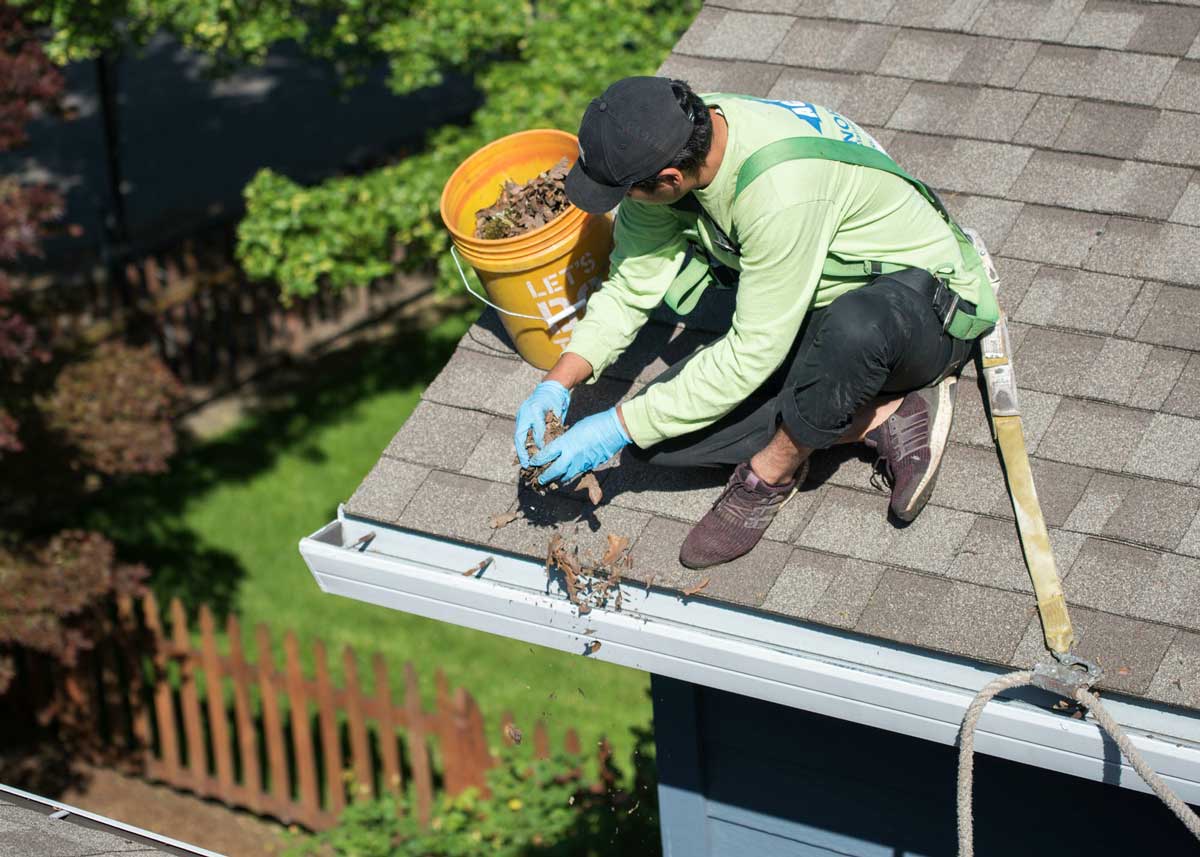

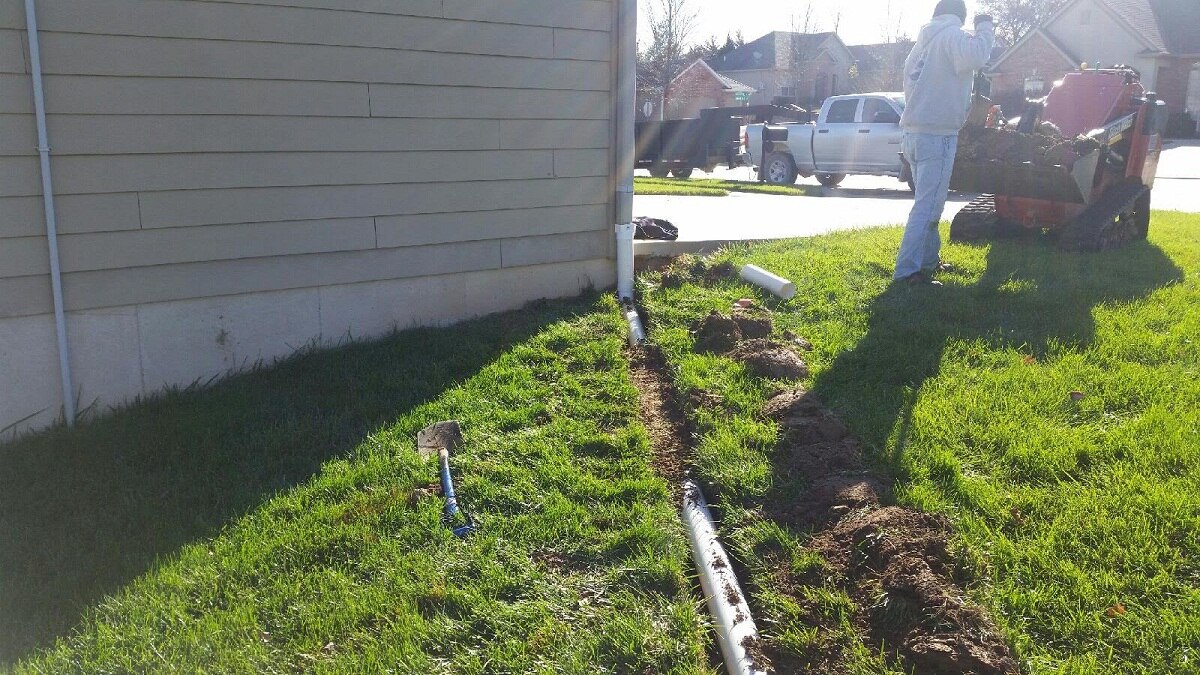
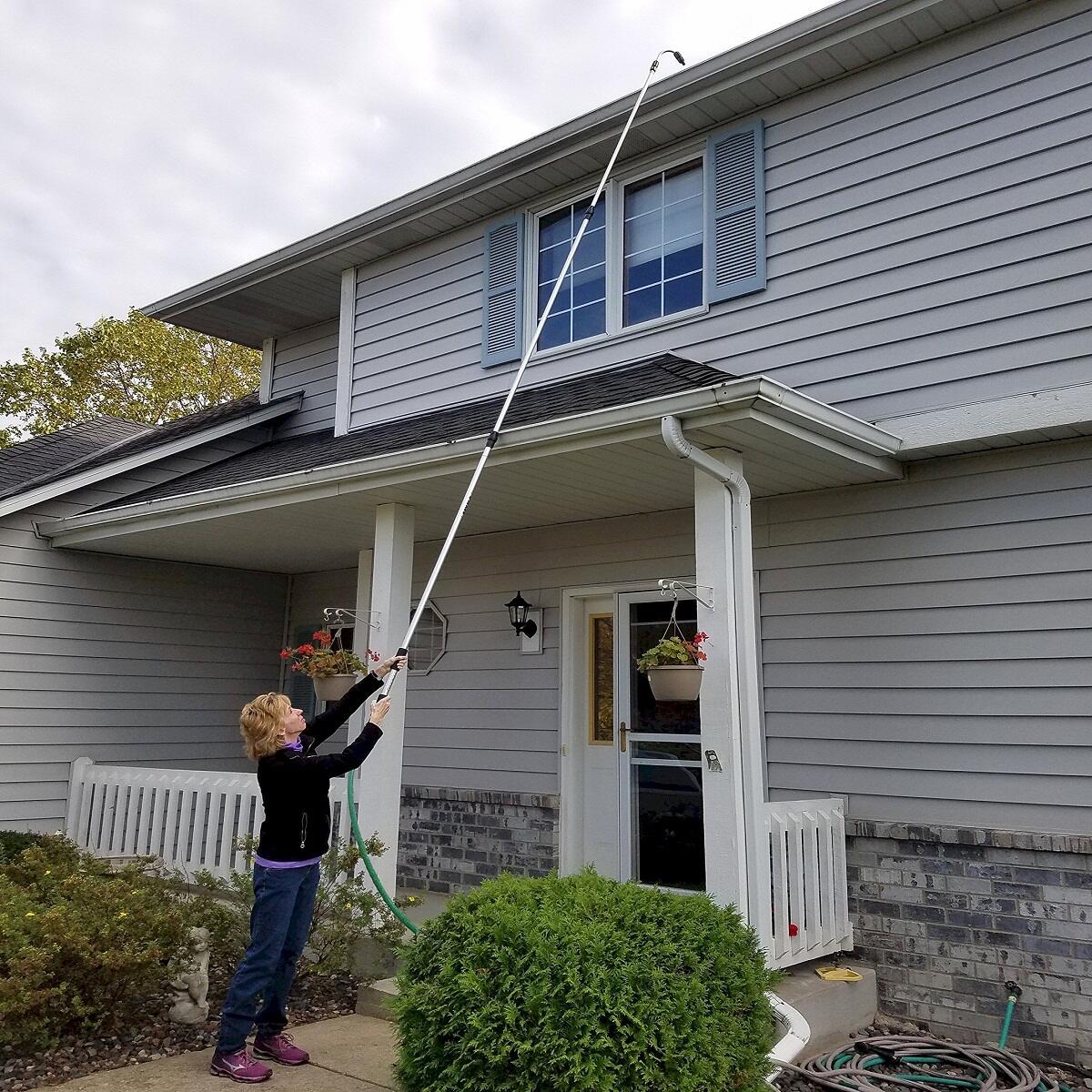
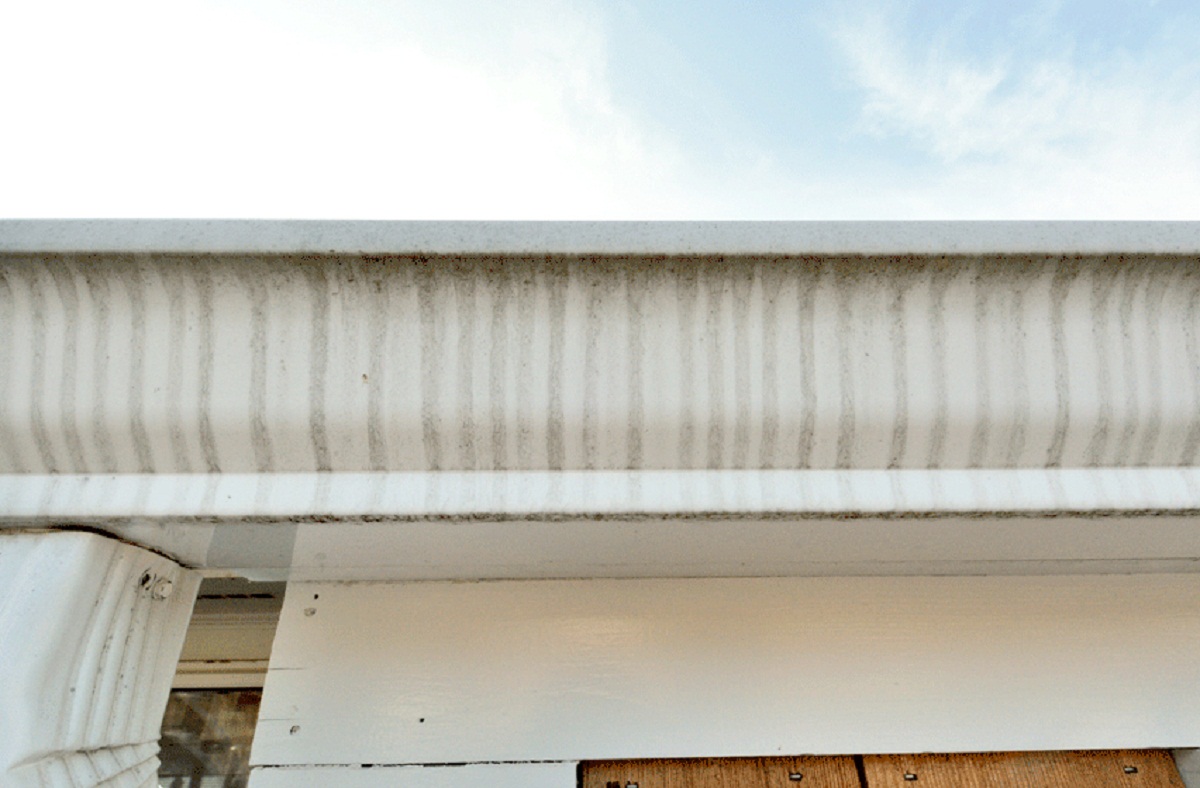
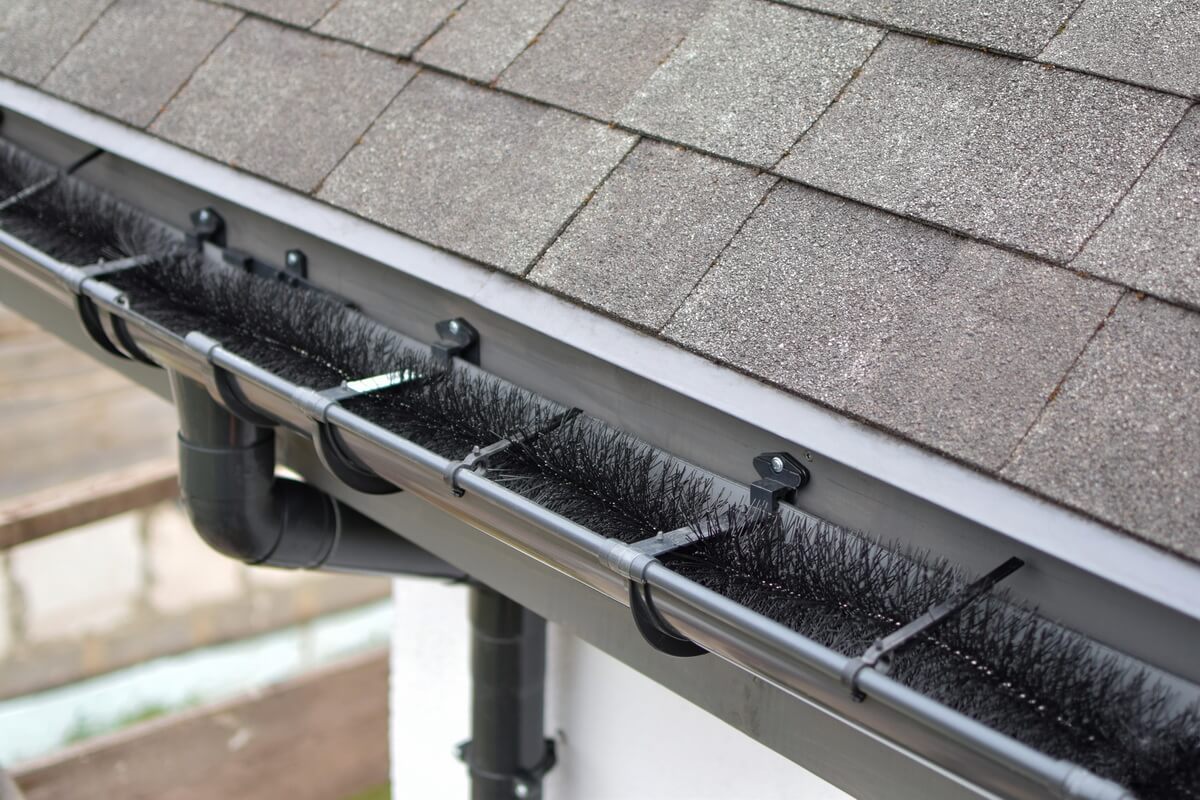
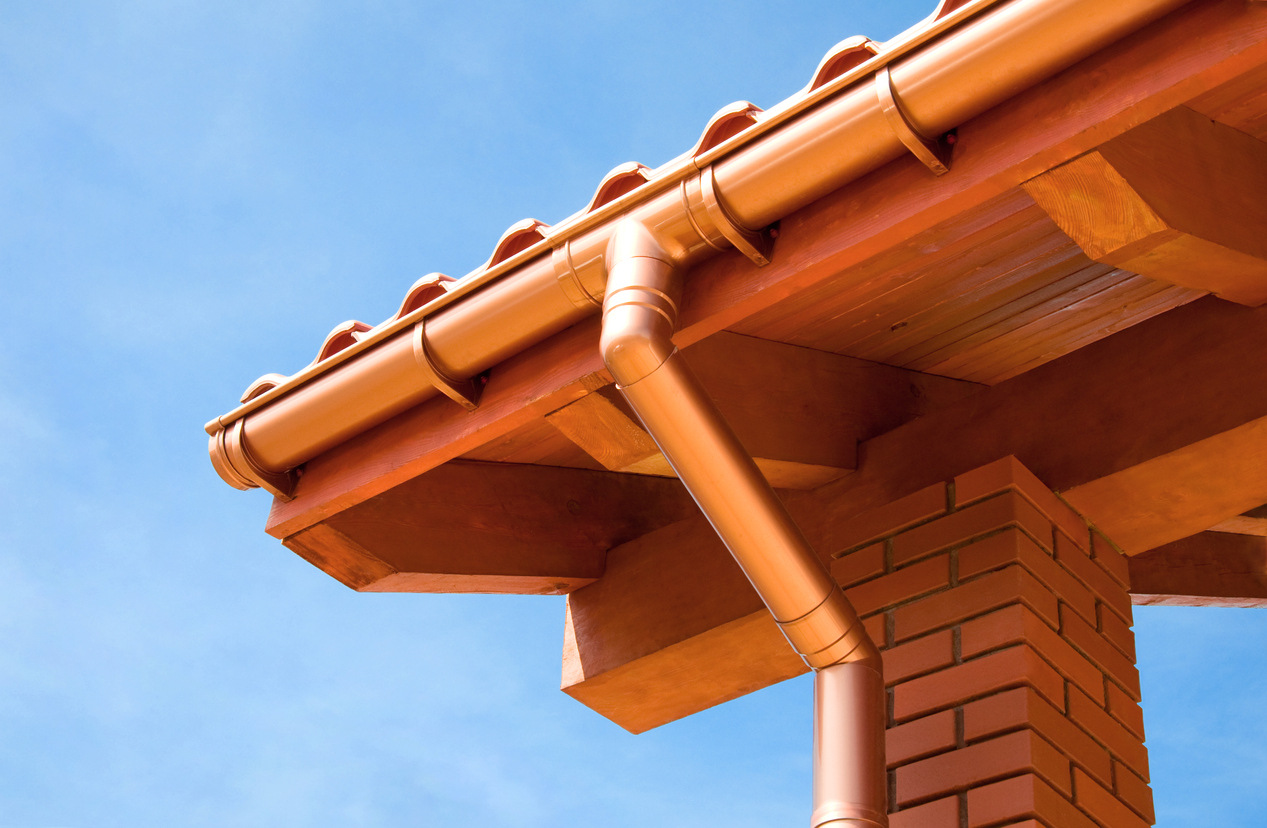
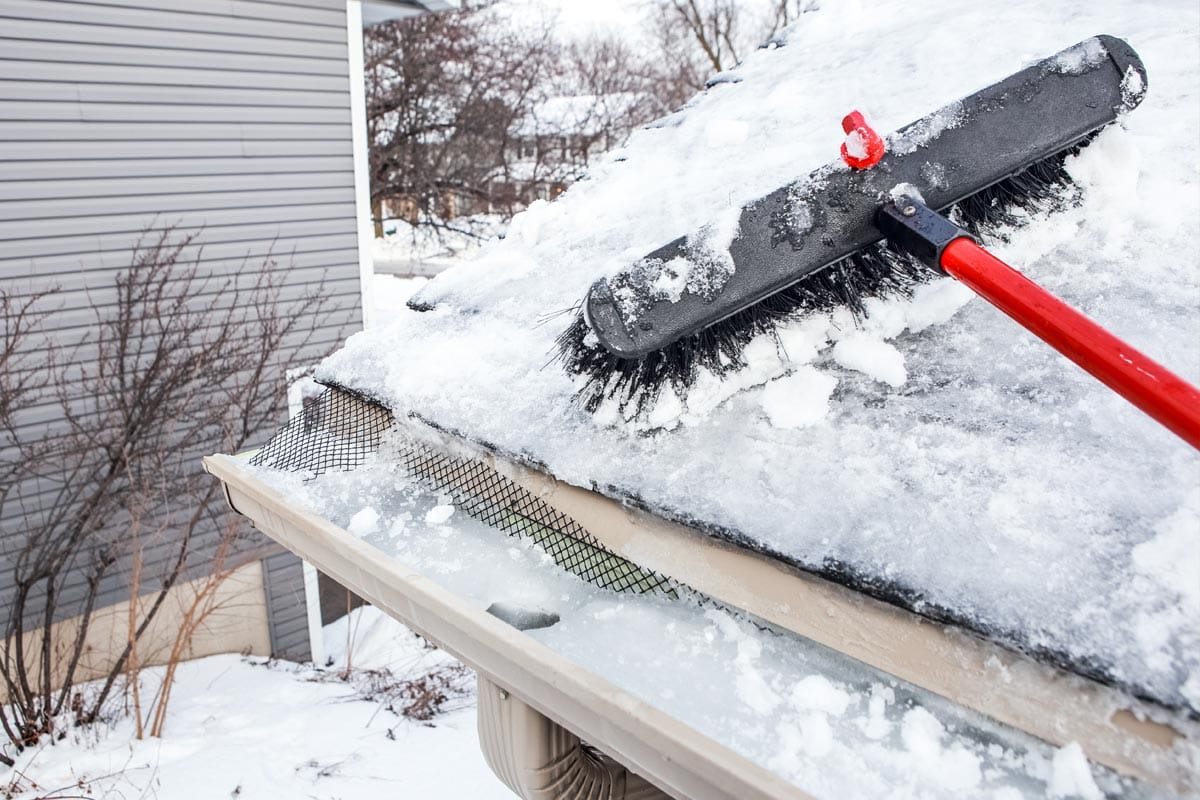
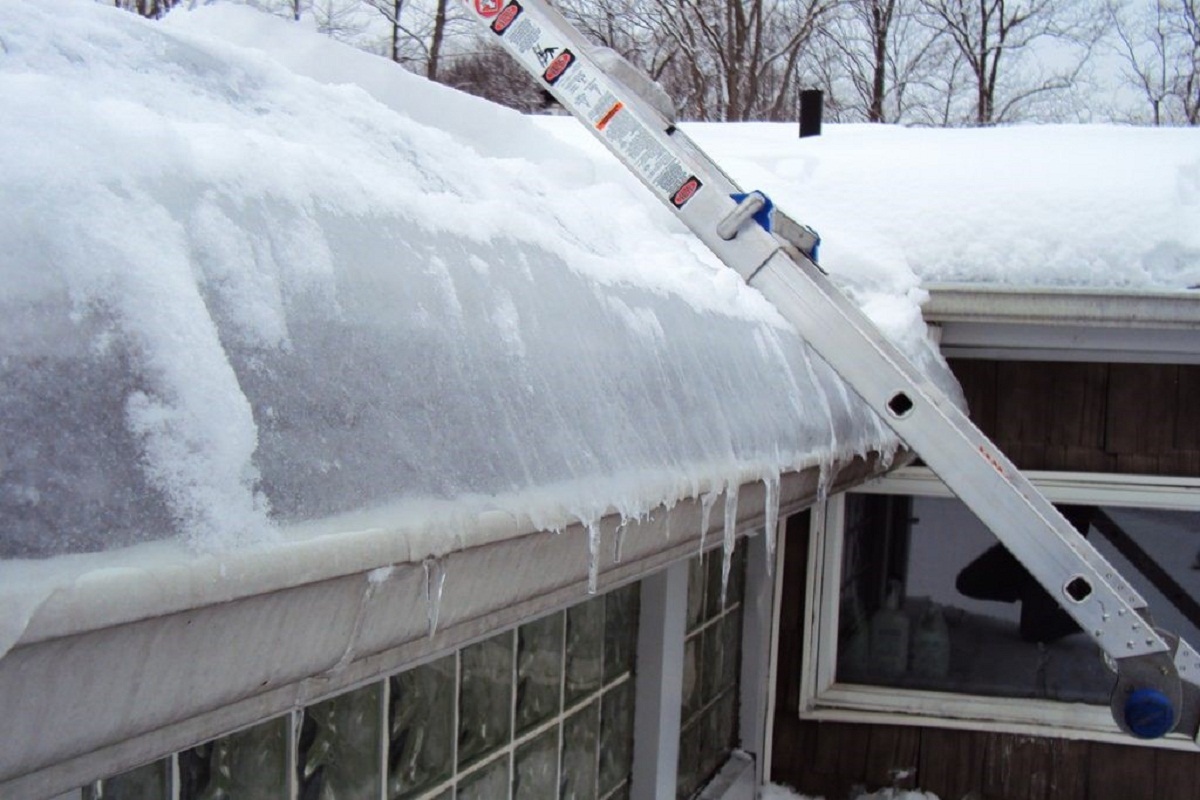
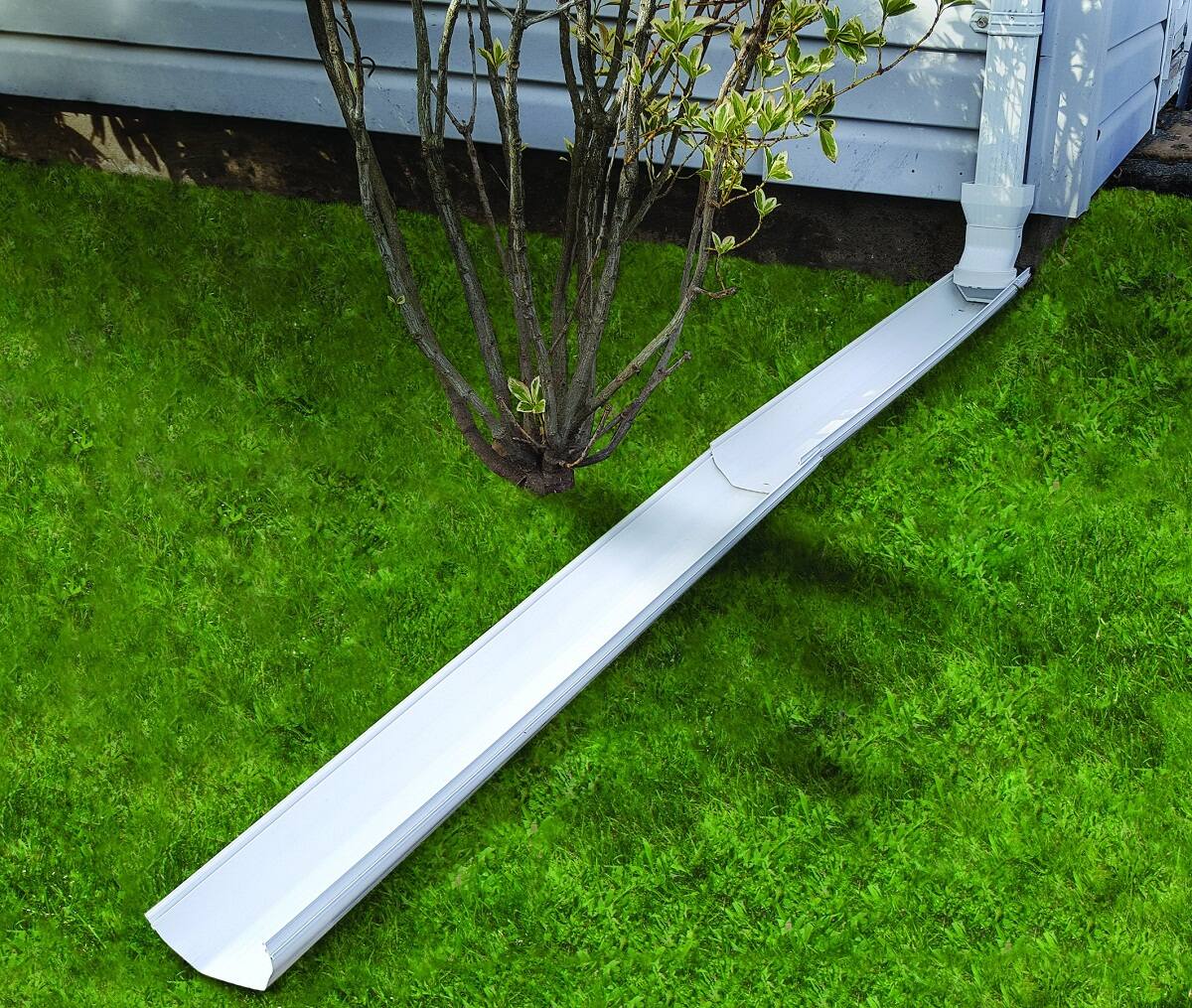
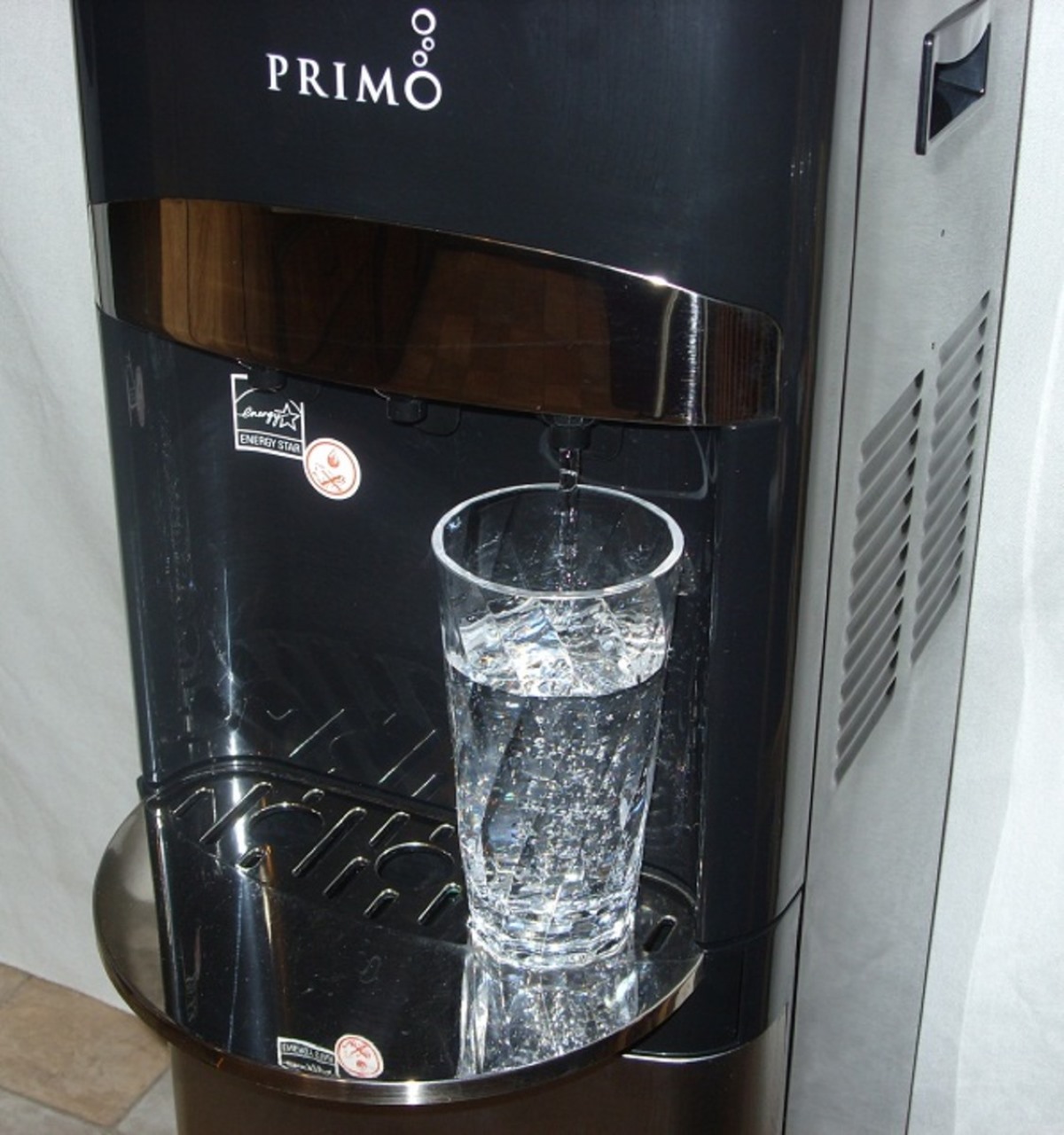
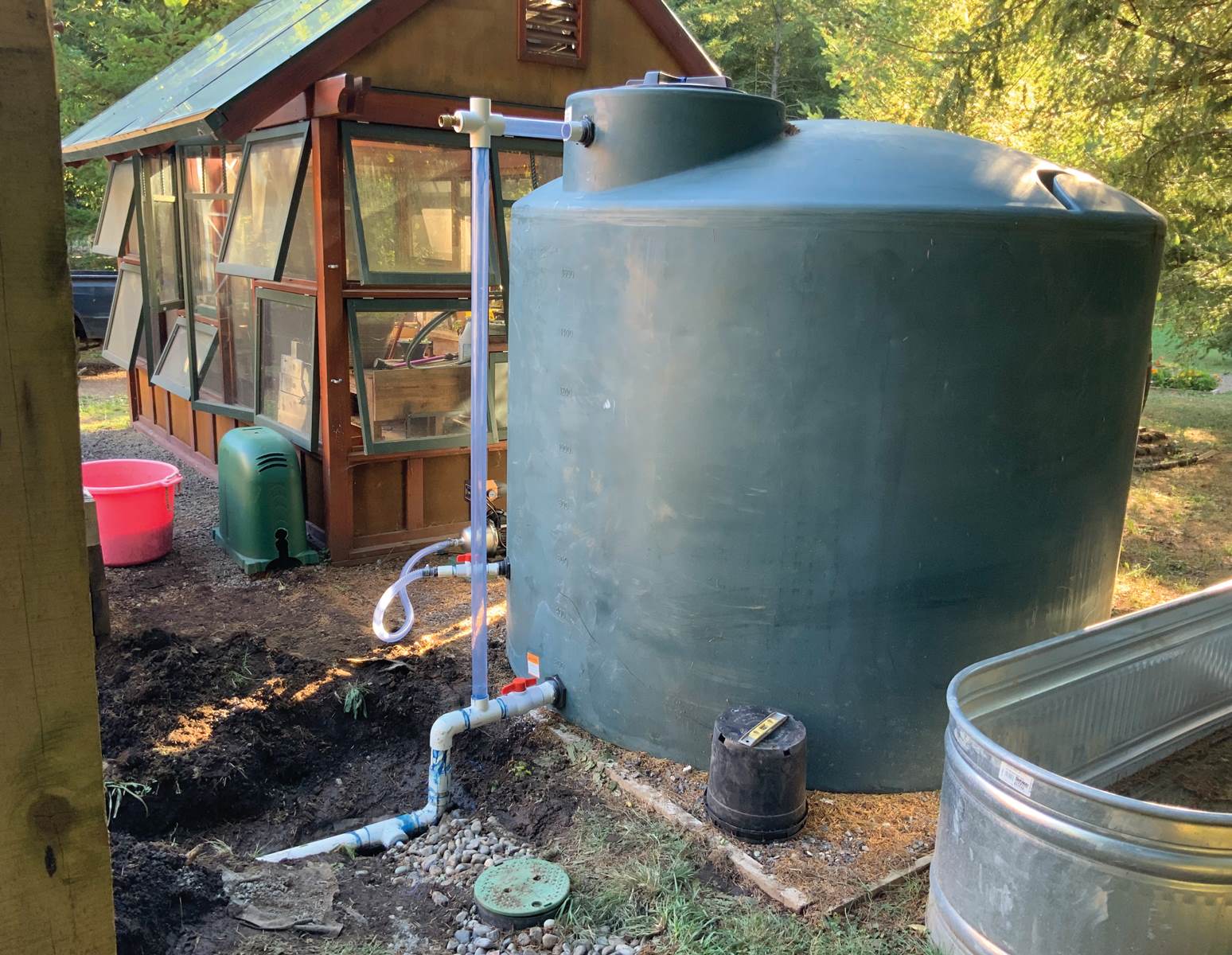
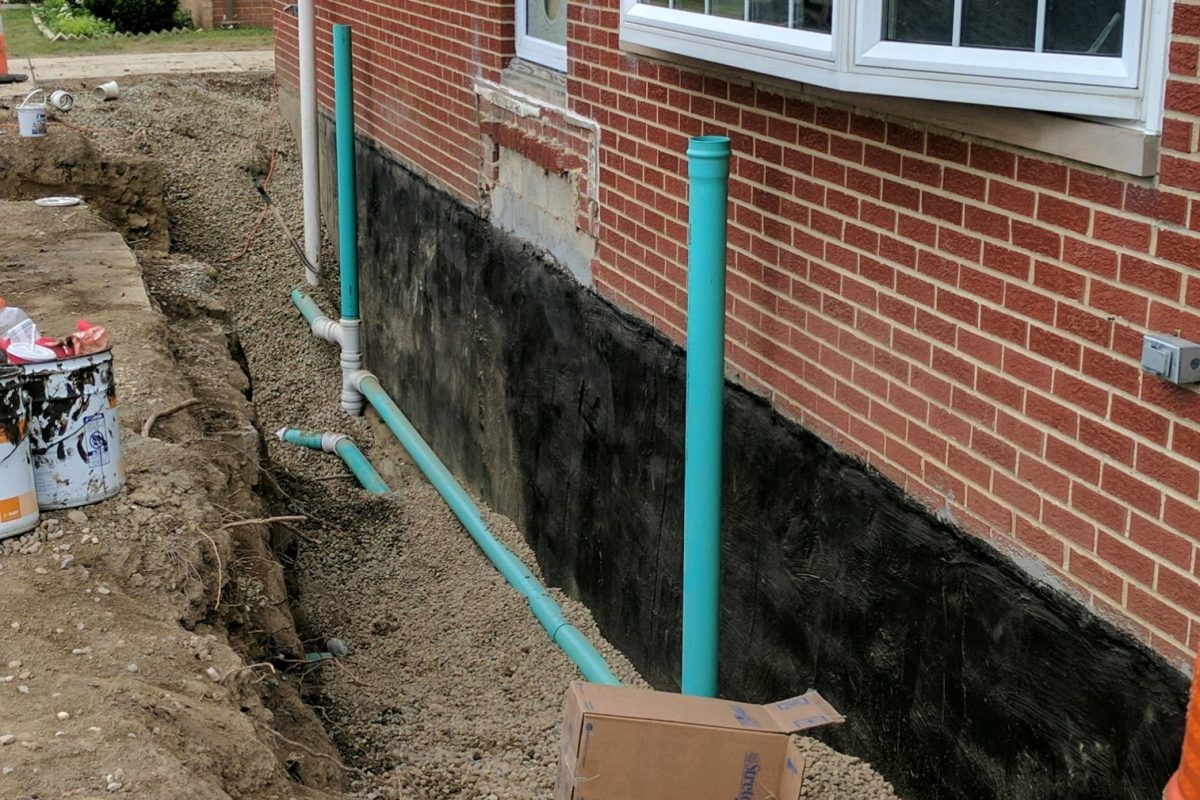
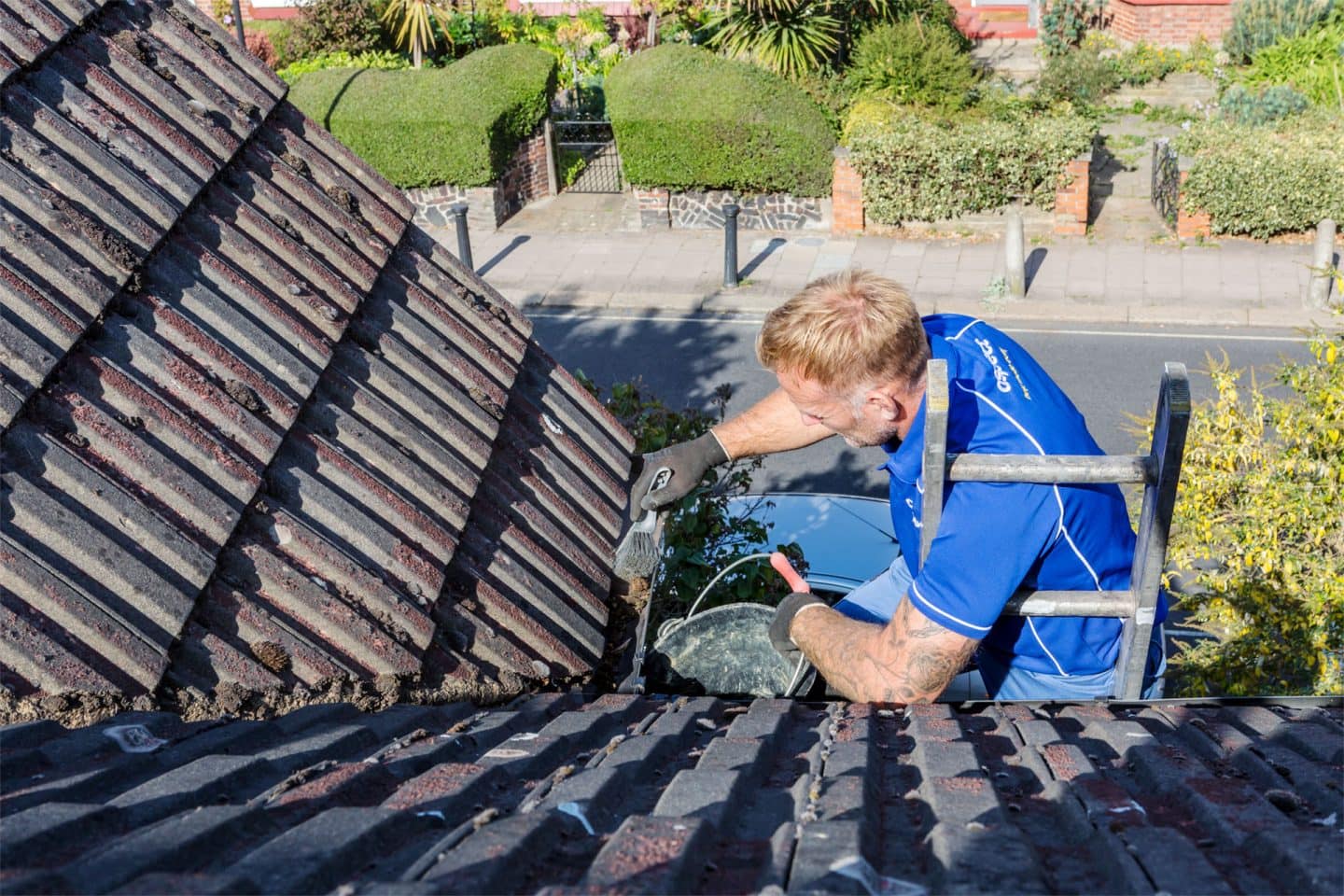

0 thoughts on “How To Collect Water From Gutters”